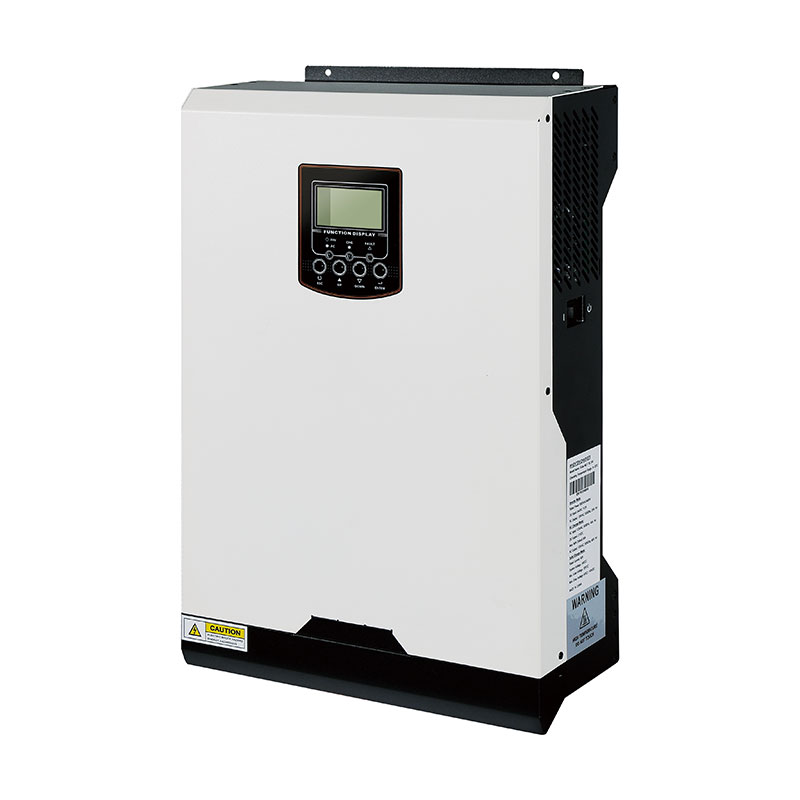Functionalities of High Frequency Hybrid Inverter
2024-04-03
A high-frequency hybrid inverter is an advanced type of power conversion device used in hybrid solar energy systems. It combines the functionalities of a solar inverter, a battery charger, and sometimes a grid-tie inverter into a single unit. Here are some key features and functionalities of a high-frequency hybrid inverter:
1. High-Frequency Conversion: High-frequency hybrid inverters use advanced power electronics and high-frequency switching technology to efficiently convert DC (direct current) electricity from solar panels and batteries into AC (alternating current) electricity for use in the household or to feed back into the grid. The high-frequency operation allows for compact size, reduced weight, and improved efficiency compared to traditional inverters.
2. Hybrid Functionality: These inverters are designed to work with both solar panels and battery storage systems, enabling homeowners to maximize their energy independence and self-consumption. They can seamlessly switch between solar power, battery power, and grid power based on the energy availability and user preferences.
3. Solar PV Integration: High-frequency hybrid inverters include built-in maximum power point tracking (MPPT) controllers to optimize the performance of solar panels by extracting the maximum power under varying environmental conditions. This ensures that the solar panels operate at their peak efficiency, maximizing energy harvest.
4. Battery Charging: These inverters feature built-in battery chargers that can efficiently charge battery storage systems from solar power, grid power, or a combination of both. They support various battery chemistries and charging profiles to ensure compatibility with different types of batteries.
5. Grid-Tie Capability: High-frequency hybrid inverters can be connected to the utility grid to enable net metering or feed-in tariffs. They can feed excess solar power back into the grid when generation exceeds demand and draw power from the grid when solar generation is insufficient.
6. Off-Grid Operation: In addition to grid-tie capability, high-frequency hybrid inverters can operate in off-grid mode, providing power to critical loads or entire households independently of the utility grid. This is useful in remote areas where grid connection is unavailable or unreliable.
7. Monitoring and Control: Advanced high-frequency hybrid inverters come with monitoring and control features that allow users to monitor system performance, adjust settings, and receive alerts or notifications remotely through smartphone apps or web-based platforms.
8. Scalability: High-frequency hybrid inverters are often designed to be scalable, allowing homeowners to expand their solar energy systems by adding more solar panels or batteries as needed. This scalability enables users to adapt their systems to changing energy requirements over time.
In summary, a high-frequency hybrid inverter offers a comprehensive solution for integrating solar energy, battery storage, and grid power in a single device, providing homeowners with greater energy independence, efficiency, and flexibility.



